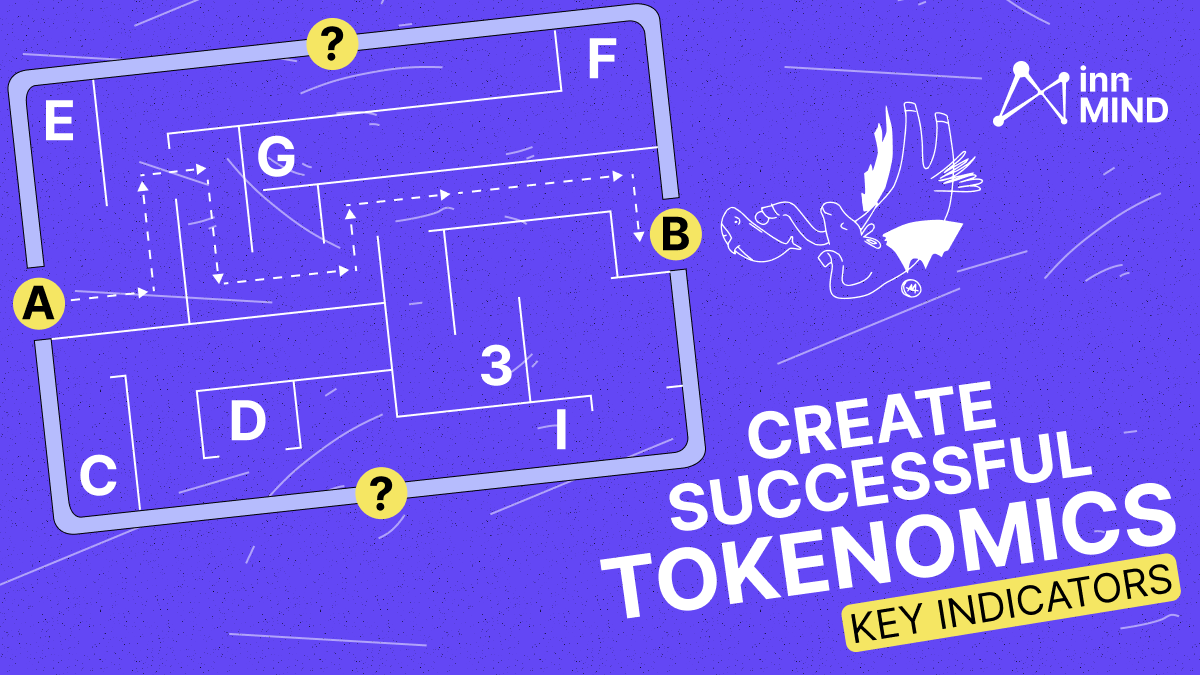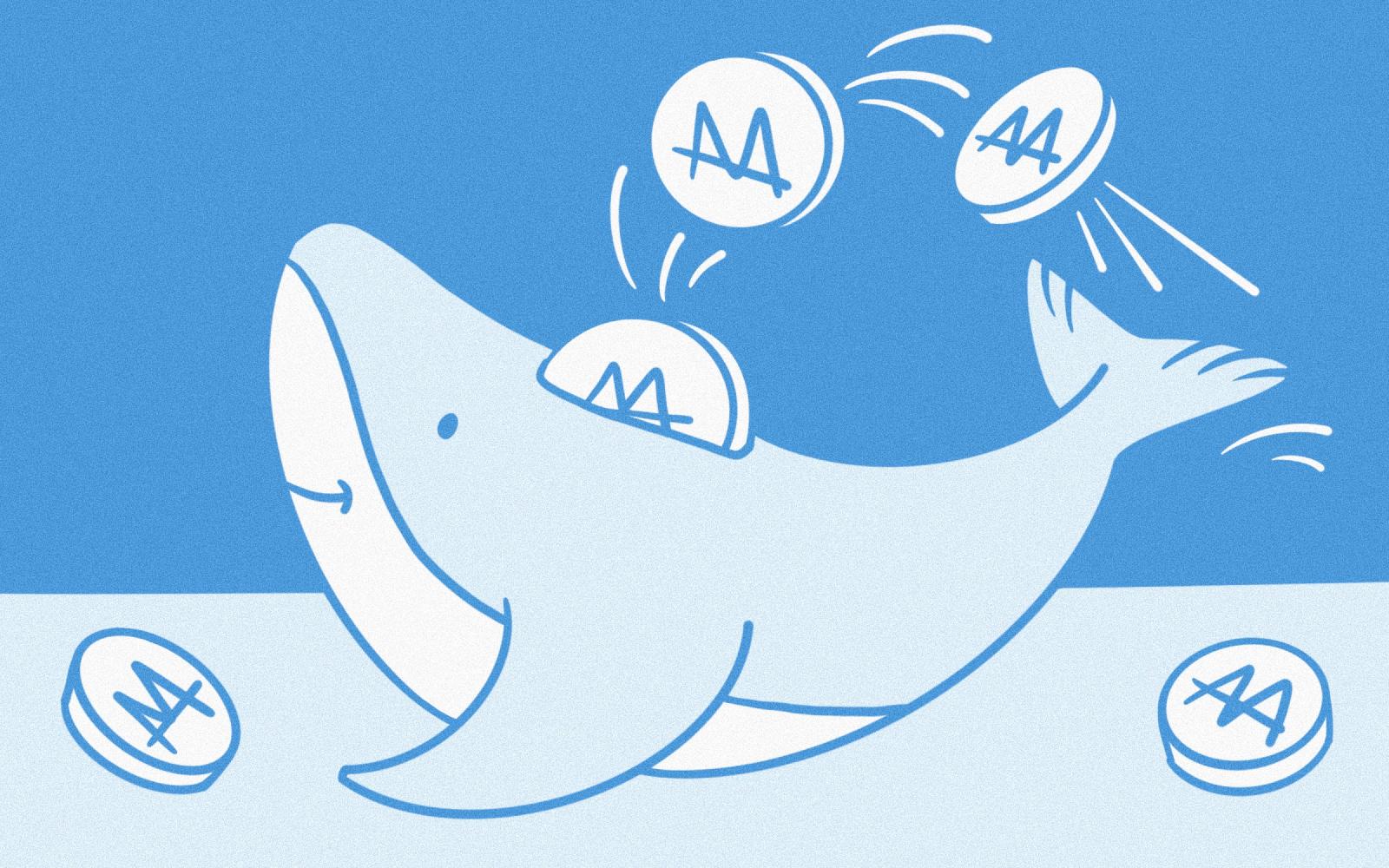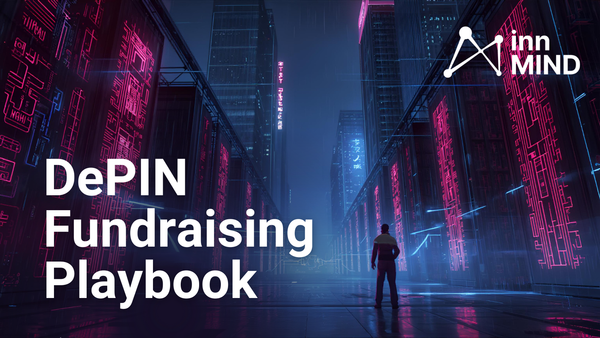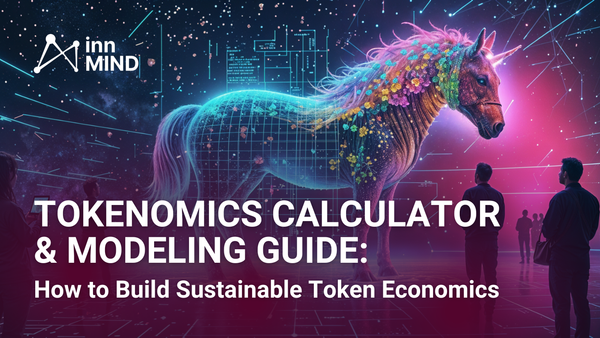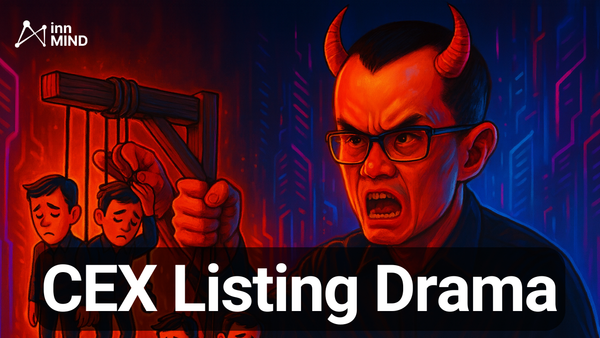What is tokenomics? And why your startup can’t ignore it.
Are you launching a blockchain-based startup, or looking to expand your existing business with cryptocurrency? If so, you've probably heard the term "tokenomics" thrown around. But what is tokenomics, and why is it important for your success?
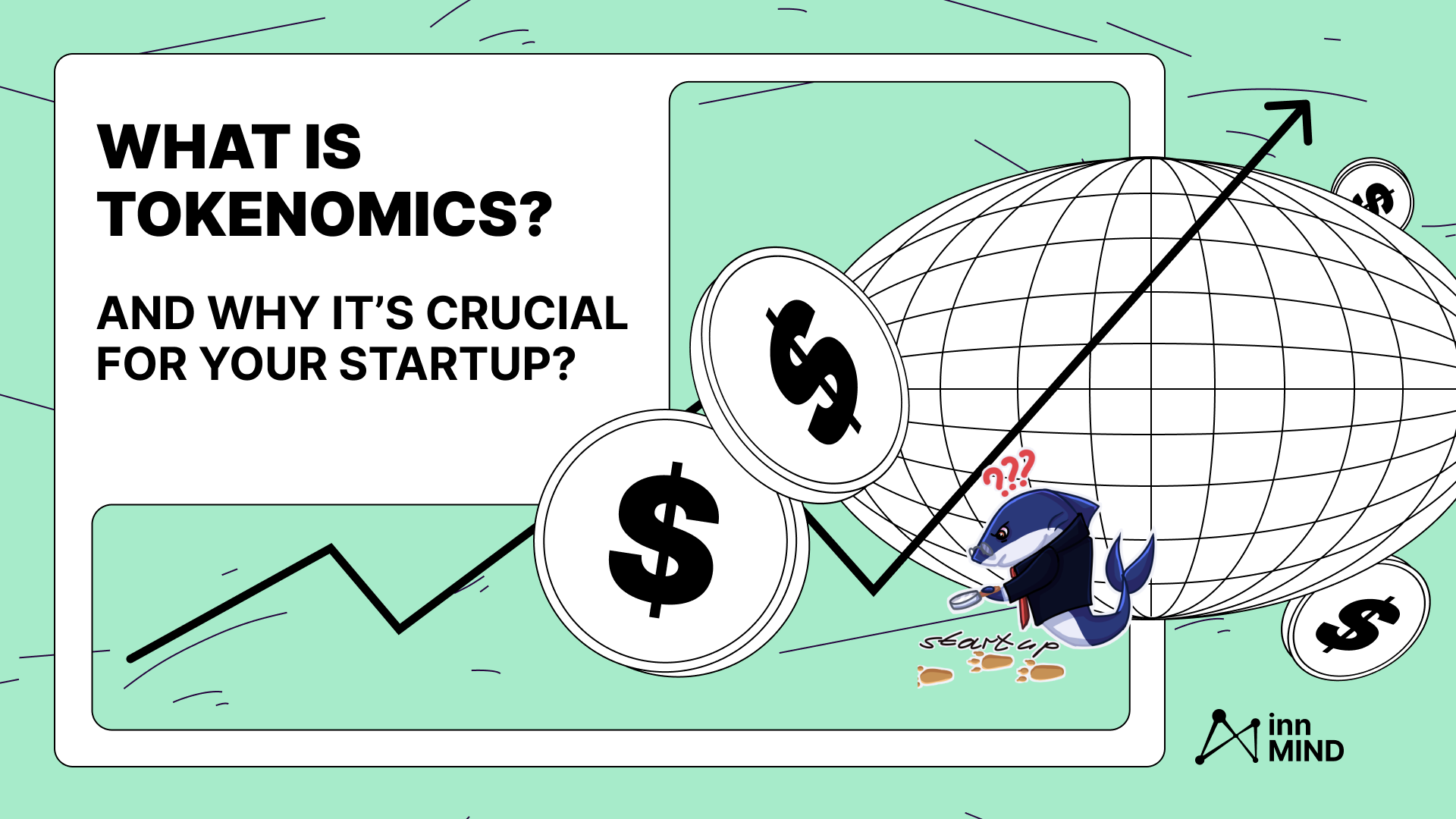
Are you launching a blockchain-based startup, or looking to expand your existing business with cryptocurrency? If so, you've probably heard the term "tokenomics" thrown around. But what is tokenomics, and why is it important for your success?
In very simple words, tokenomics is a kind of business plan for a cryptocurrency (token). It is a balanced economic model of a token that takes into account the interests of all participants (investors, users, founders, and developers). Tokenomics encompasses several factors, including the economics and financial aspects of tokens, supply and demand, as well as the technical and legal nuances required to create and maintain them.
For Web3 startups that use tokens as a way to raise funds through initial coin offerings (ICOs) and other public token sale variations (IDO, INO, TGE, fair launch, etc.), or as a means of creating a decentralized ecosystem for their products or services, tokenomics is critical. With the development of blockchain technology and the increasing proliferation of cryptocurrencies, understanding the economic model of the token has become an important aspect of launching a successful startup.
This guide demystifies tokenomics, offering insights from Paul, a seasoned Data Scientist and Tokenomics Advisor, to ensure your venture's success by mastering the balance between token utility, supply, and demand.
In this article, we'll break down the essentials of tokenomics in an easy-to-understand manner and help you improve the understanding of web3 tokenomics and its essential aspects.
Ready to get noticed
by crypto VCs?
Make your first step towards growthing your idea - create a profile on InnMind!
JOIN TODAYWhat is tokenomics?
Tokenomics is the framework that outlines the functioning and organization of a native token and its associated processes. It partially defines a token's qualities, making it appealing to investors by determining factors such as total supply, fees, token distribution policies, and more.
Paul Dibin, a tokenomics advisor, explains, «There are many aspects to tokenomics, but the most important thing is the future income shared with the community. When users participate in tokenomics, they're investing in the project's growth and development. As the company progresses, so does the community's investment»
Startup founders create tokenomics, which is then established through software protocols that govern the project's entire ecosystem. The system's operation within these protocols, including primary parameters, interaction logic, and more, are detailed in the project's Whitepaper. This ensures a clear understanding of the token's inner workings and its potential impact on the project and its community.
How to calculate tokenomics parameters?
After defining your high-level economic model, it's crucial to delve into the specifics—calculating token metrics and ensuring your tokenomics is well-balanced. While spreadsheets can be used for this complex task, this Tokenomics Calculator/Simulator by InnMind offers a streamlined alternative. Equipped with pre-defined formulas, parameters, and charts, it simplifies the process, allowing you to focus on strategic planning and execution. It is designed to ensure your project's economic foundation is robust and scalable.
This tool goes beyond basic calculations, incorporating advanced features like Inflation Index & Rate Monitoring, Supply Shock Indicator, and Capital Allocation Transparency, ensuring a comprehensive understanding of your token's economic model.
Moreover, the "Investor's Control Parameter" and "Node Profitability Section" provide insights into investor influence and node operation viability.
It's a must-have for any Web3 startup aiming to refine their token model and avoid common pitfalls in token metrics calculations.
Essential Elements of Web3 Token economy
Tokenomics is a multifaceted economic system with several key components that are crucial for crypto entrepreneurs aiming to create successful blockchain-based startups. Here's a breakdown of the primary elements of crypto tokenomics:
Token allocations.
Token allocation refers to how many tokens are distributed to various project participants & stakeholders.

This includes the initial token distribution during the ICO (initial token offering), TGE (token generation event), token sale, as well as the ongoing distribution within the community through rewards, airdrops, and other mechanisms.
Token Supply.
Token Supply details the total number of tokens that will exist in a project's ecosystem, including any mechanisms for increasing (inflationary) or decreasing (deflationary) the number of tokens over time. Managing token supply is crucial for maintaining scarcity and, by extension, value.
- Inflationary mechanisms often involve minting more tokens to reward validators or stakers, as seen in some Proof of Stake (PoS) protocols, contributing to an increasing total supply over time.
- Deflationary mechanisms can include burning a portion of transaction fees (token burns) or conducting token buybacks and removing those tokens from circulation, effectively reducing the maximum token supply and potentially increasing the token's value due to scarcity.
Both these strategies impact the economic model and perceived value of a token within its ecosystem.
Token Utility.
Token utility refers to the specific use cases of tokens in a network or platform. Tokens can serve as currency for the purchase of goods or services, as a means of accessing certain features, or as a way to incentivize certain target behaviours and user actions.
Paul, a tokenomics advisor, shares: «A tokenomics model can include numerous intriguing aspects that will boost your project's growth. For instance, you can outline token generation and distribution methods, specify the consensus algorithm for the tokens, and ensure user demand for the token, as it's vital for users to be interested in purchasing your token»
Token Vesting.
Token Vesting within tokenomics refers to the process of gradually releasing project tokens to team members, advisors, or investors over a set period. This mechanism prevents early token dumping that can negatively impact the token's price. It ensures that the interests of the team, advisors, investors & other token holders align with the long-term success of the project.
Token management.
Token management refers to the decision-making process, which is often determined by the project token holders. Token holders can have a say through governance rights, allowing them to make decisions about the future direction of the startup.
Token economy.
Token economy (or token economics) refers to the general economic model underlying the use and circulation of tokens. This includes indicators such as token's supply and demand, inflation and deflation, and the overall value proposition of the network or platform.
Paul comments: «The key aspects VCs consider when evaluating a project's tokenomics include the percentage of tokens allocated to investors, token distribution among participants, tokens turnover, and inflation rates. These factors significantly impact investor interest»
Token Market:
This involves an exchange where tokens can be traded. Both centralized (CEX) and decentralized (DEX) exchanges are included, and the overall liquidity and volume of the token market can greatly influence token's value and stability.
By comprehending these fundamental elements of tokenomics, crypto & web3 entrepreneurs can devise a comprehensive strategy to establish and launch a thriving blockchain-based startup and sustainable token performance.
If you’re ready and just want an advanced plug-and-play spreadsheet, grab the PRO model of the tokenomics template
Developing User-Centirc tokenomics
The process of tokenomics development can be divided into several steps:
1. Identifying Target Users and Token Value. Determine the intended users and the value they'll gain from utilizing the token. Token functionality should benefit all ecosystem members and enhance their user experience. For instance, token holders might receive discounts on service fees.
Tokenomics advisor Paul Dibin shares: «There's no such thing as perfect tokenomics. Success requires considering all market variables and managing risk. Moreover, without a team, community, idea, and implementation, your tokenomics won't work. So, consider all these aspects when developing tokenomics»
2. Incentivizing Token Purchase and Retention. Startup founders need to consider how they can encourage users to buy and hold tokens. For example: offering tiered discounts based on token holdings or priority access to new features are potential strategies.
3. Rewards for participation in project management. To effectively involve users in platform development, offer rewards for voting and proposing innovations. New projects often allocate a considerable portion of tokens for rewarding active participants, as unrewarded mechanisms tend to result in low engagement.
Paul advises, «To avoid creating poor tokenomics, don't blindly copy other projects' tokenomics. Many startups thoughtlessly replicate ideas, applying them to their projects. Founders must understand what they're doing and why. Know every figure in your project's tokenomics because when an investor asks, you should be able to explain your reasoning – for instance, why you're allocating 20% of tokens to marketing instead of 50%»
Examples of successful token economies: Chainlink, Uniswap & AAVE
During the last few crypto cycles, we observed plenty of experiments with various token models launching on the market, aiming to establish robust and innovative token economies.
But only a few of them proved to build a sustainable token economy over the years. These models not only foster platform growth and user engagement but also set benchmarks for success in the Web3 ecosystem. Among these, Chainlink ($LINK), Aave ($AAVE), and Uniswap ($UNI) are noteworthy for their unique approaches to tokenomics.
Chainlink: utilizes a decentralized oracle network and its tokenomics include paying node operators with $LINK tokens for retrieving data for smart contracts, which drives demand for the token.
Launched to ensure the integrity of smart contracts by securely connecting them with off-chain data and services, Chainlink employs its $LINK token as an incentive for data providers or oracles, incorporating game theory and motivational systems within its tokenomics to ensure reliable data for smart contracts.
By rewarding node operators with $LINK tokens for accurate data provision, Chainlink encourages positive social behavior and targeted actions within its ecosystem. This strategic approach not only drives the demand for $LINK and guarantees accurate and timely data for smart contracts, but also underpins Chainlink's success in securely bridging on-chain and off-chain worlds, showcasing a sustainable token economy model.
Aave: Aave's token model involves a decentralized lending system where $AAVE tokens are used for governance and as a discount mechanism for platform fees, which has helped maintain its value and utility.
Aave revolutionizes the lending space by offering a decentralized finance protocol where users can lend and borrow cryptocurrencies. The $AAVE token plays a critical role in governance and protocol safety, allowing token holders to vote on decisions and earn staking rewards, contributing to the platform's security and efficiency.
Uniswap: Uniswap's tokenomics model is successful due to its liquidity provider incentives, fee structure, and governance mechanisms. The $UNI token allows holders to participate in governance decisions, which has encouraged a strong community of supporters.
As a decentralized trading protocol, Uniswap facilitates automated trading of DeFi tokens. $UNI, its governance token, empowers holders to participate in crucial protocol decisions, including treasury management, and contributes to the protocol's adaptability and resilience.
These cases exemplify how strategic tokenomics can drive a web3 project's success, emphasizing the importance of aligning token utility with the overarching goals of the platform.
Developing Effective Tokenomics for Web3 Startups
Web3 startup founders should understand that well-designed tokenomics can contribute significantly to their project's success. Here are some practical tips for creating a token model that attracts investors, incentivizes users, and generates sustainable revenue:
- Align the token model with the project's mission and values. The token model must be aligned with the project's vision and principles. Founders should develop a token model that supports the overall goals of the project and offers a clear value proposition for users and investors.
- Leverage social reinforcement and game theory mechanics in token distribution: Utilize and combine airdrops, quest campaigns, staking rewards, early participation incentives, etc. to attract and retain a diverse investor base. These strategies tap into users' motivations and competitive nature, encouraging participation and engagement within the ecosystem by rewarding specific actions. This approach not only promotes the token but also fosters a sense of community and loyalty among users.
- Carefully consider the calculation of tokenomics. It is important to note that startups must calculate tokenomics intelligently. A poorly designed token model can do more harm than good, leading to non-acceptance of the project by users, lack of interest from investors and, ultimately, failure of the startup. Founders should consider factors such as token supply, distribution, and inflation rates, as well as general market conditions and user behavior.
«Designing a balanced token economy is one of the most important parts, especially for web3 infrastructure project like EYWA. This template really helped us to structure everything in a right way and avoid fatal mistakes while calculating the future token circulation balance. Thanks InnMind for crafting this wonderful template, it really saved us a lot of time and nerve cells.” said Leo Kangin from EYWA Protocol, one of the startups that successfully used InnMind tokenomics calculator for fine-tuning their token economy»
- Incentivize early users. Reward early users with bonus tokens, discounts, or other benefits to encourage their support and engagement.
- Consider implementing token buyback and token burns. These strategies can increase token value and create a stable revenue source for the project.
- Continuously improve the token model. Founders should be prepared for the fact that the project's token model needs to be continually improved. The token model must be flexible enough to adapt to changing market conditions, and founders must be ready to refine the token model based on the market changes, users feedback and other factors.
Paul emphasizes the importance of having a strong team and idea: «Tokenomics alone isn't enough. A venture capitalist might like your team and idea but find your product and tokenomics lacking. In that case, they can help the startup with investments, development, and tokenomics improvements. Conversely, if they dislike the idea or team or see no potential, they may refuse to invest, even if your tokenomics and product MVP are well developed»
Take a moment to subscribe to our weekly web3 digest: some tips and insights we keep as "newsletter only".
Conclusion:
Tokenomics is a critical aspect of launching a successful blockchain-based startup, whether you are raising funds through an ICO or creating a decentralized ecosystem for your products or services. By understanding the basics of tokenomics and developing a user-oriented strategy, you can build a loyal community of users who share in the success of your project. We hope that you're now ready to take the first steps towards building your own token economy.
Founders who don't know how to properly calculate tokenomics should seek advice from professionals and apply for advisory support from InnMind, with expert guidance on this and other aspects of running a Web3 business.
Be sure to follow our social media accounts for the latest news and developments in the crypto and blockchain industry.
Join our social channels to stay tuned for new content and insights: Twitter | Telegram | LinkedIn | YouTube
Editor's choice on web3 tokenomics:

